PPT-Java Fundamentals Asserting Java
Author : lois-ondreau | Published Date : 2018-03-12
Chapter 2 Introduction to Computer Science Rick Mercer Outline Distinguish the syntactical parts of a program Tokens special symbols literals identifiers Output
Presentation Embed Code
Download Presentation
Download Presentation The PPT/PDF document "Java Fundamentals Asserting Java" is the property of its rightful owner. Permission is granted to download and print the materials on this website for personal, non-commercial use only, and to display it on your personal computer provided you do not modify the materials and that you retain all copyright notices contained in the materials. By downloading content from our website, you accept the terms of this agreement.
Java Fundamentals Asserting Java: Transcript
Download Rules Of Document
"Java Fundamentals Asserting Java"The content belongs to its owner. You may download and print it for personal use, without modification, and keep all copyright notices. By downloading, you agree to these terms.
Related Documents

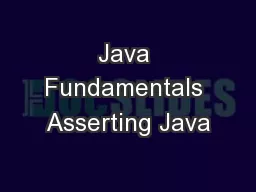
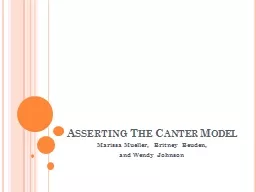
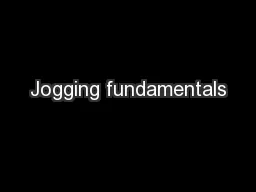






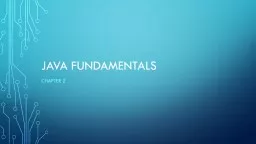
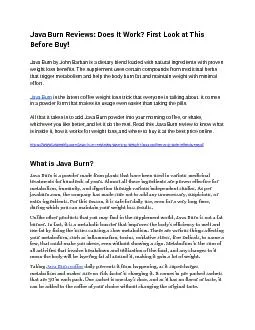
![[eBOOK]-java programming book.effective java coding problems for beginners and dummies](https://thumbs.docslides.com/973026/ebook-java-programming-book-effective-java-coding-problems-for-beginners-and-dummies-8th-edition-2021-2022-java-book-programming-java-for-beginners-java-a-beginner-s-guide.jpg)
